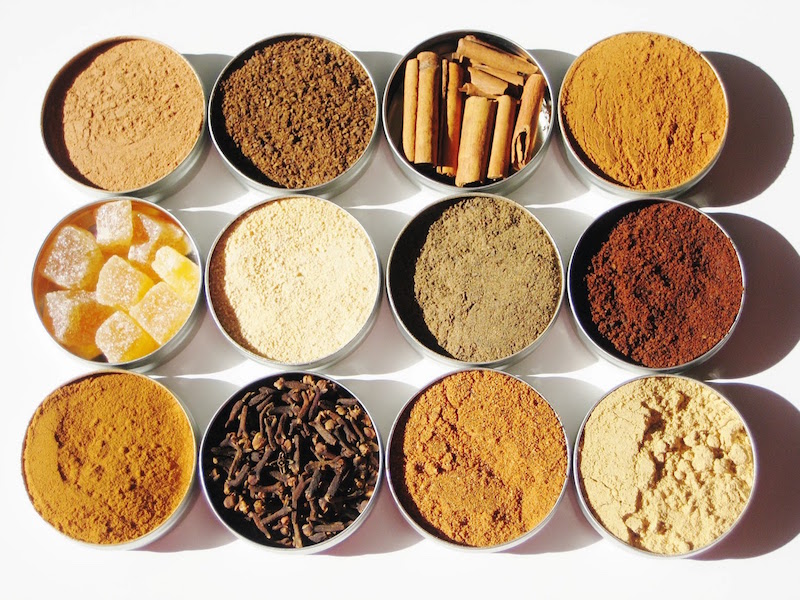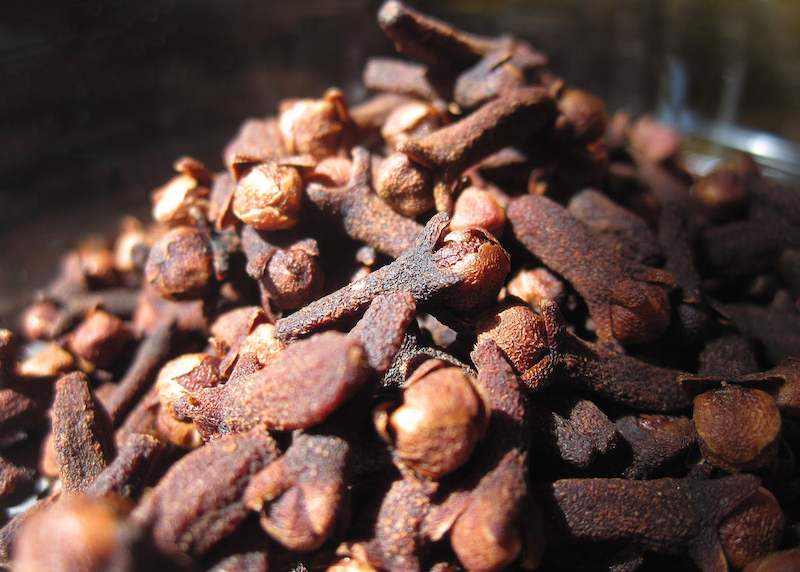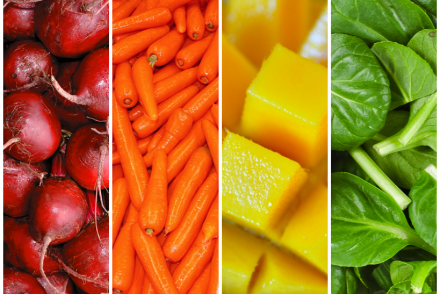Many of us have cabinets and shelves stacked with a plethora of spices, yet we only use the few that we are familiar with. It’s a shame too, as the world of spices is so vast, easily accessible and open for exploration. I believe the first step of exploring is understanding what you’re diving into.
In honor of #PumpkinWeek, and in conjunction with my last post, I wanted to do some research to broaden my understanding of the seasonal spices we gravitate towards each fall. Certainly spices have been used in particular dishes for thousands of years for a reason. Perhaps if we understand the origin of each spice and a few staple dishes known for the addition of that spice, we can take better advantage of it in our own kitchen.
I’m sure we’ve all heard the terms “Cinnamon Bark,” but didn’t quite grasp how literal that phrase is. Cinnamon is in fact made from the bark of several species of trees in the Cinnamomum family. The bark of these trees are harvested, dried into cinnamon sticks (natural curling process of drying the bark) and then sold as is or ground into cinnamon powder.
Cinnamon has been used as far back as the BC’s in Egypt and Arabia; times when is was reserved for the elite and thought to be provided by Gods…Now days we have it in almost every cabinet across America, and certainly beyond.
It’s taste is mildly sweet, yet slightly bittersweet. The aromatic affects of cinnamon are the perfect blend of spicy and sweet. The uses of cinnamon far exceed that of most spices. Traditionally people associate cinnamon to be used in sweet dishes, such as pastries and dessert drinks; though, did you know cinnamon is also excellent in savory dishes like curries, soups, and many pho dishes?
Did you know also know that Nutmeg and Mace are actually from the same plant? It’s true. Nutmeg comes from the pit of the fruit grown on the nutmeg tree, and mace comes from the webbing that surrounds that pit. They both have similar tastes, though they are discernible. Nutmeg is moderately sweeter and can be compared to a slightly spicier cinnamon. Mace has a sharper taste similar to cinnamon and pepper.
It’s this peppery attribute that allows Nutmeg and Mace to be used in more savory dishes, as seen in middle eastern cuisine. While in European cuisine, nutmeg and mace are used in savory dishes, especially in potato dishes, meats, soups and sauces, as well as some baked goods (sweet dishes).
Ginger also has this versatile quality. Typically used in asian dishes to provide a pungent and spicy zest to each course, ginger can be used in many seasonal treats to add a very aromatic quality to baked goods and beverages. Whatever its use, ginger is extremely recognizable to our palettes and even more so beneficial to our health. Ginger should be your staple ingredient for stir fries and teas. Simply sensational.
Cloves are renowned for their aromatic qualities. Very appropriate as they are dried flower buds of the Evergreen Clove Tree. The majority of the time you are smelling something that reminds you of fall, that’s cloves. They’re sweet, pungent and spicy. The aroma of cloves are warm and inviting. The flavor is strong, given the cloves oily composition, and should be used sparingly as a little goes a long way. Cloves are great paired with pumpkin pie, pea soup, gingerbread, chili, etc. Great to make any dish sweeter and more aromatic.
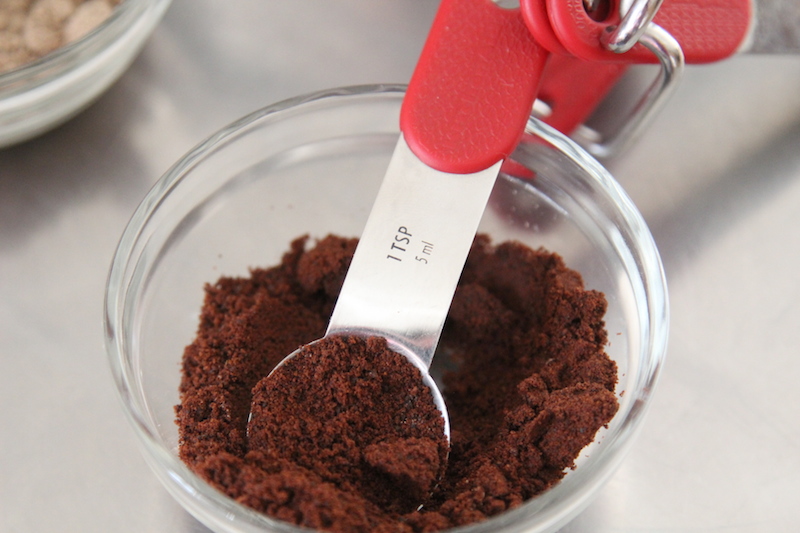
If you were to combine all of the spices above, you would have a concoction that smells very similar to our last fall spice, “Allspice.” The name is derivative of this fact alone, though the actual composition of Allspice is merely one ingredient…allspice. It is made from the dried fruits of an evergreen tree grown solely on the western hemisphere.
Allspice tastes a lot like it smells. Particularly if you were to combine cinnamon, nutmeg and cloves. It is sweet and pungent. Often described as warm.
It lends itself well to many foods including: Jamaican jerk seasoning, ketchup, sausage, soup, pies, pastries, native american chocolate, spiced tea and so on…
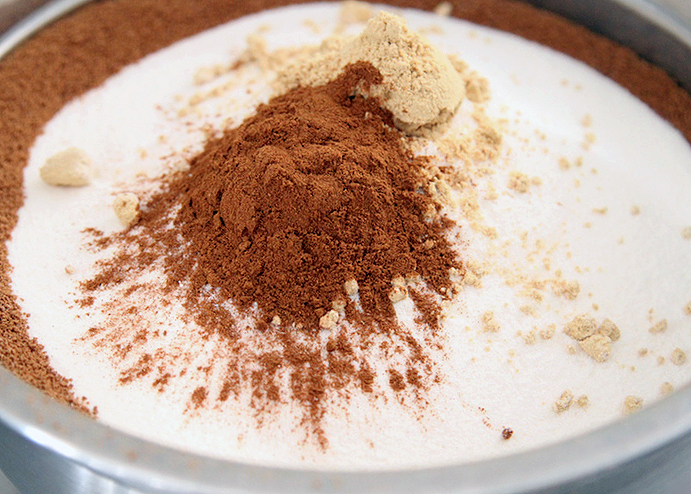
One thing can be said about all spices…They are certainly hard to describe, as they are so unique in they’re own flavor composition that there is little room for comparison.
The best way to know your spices is to experiment yourself. Take a moment to smell and taste each particular spice and experiment with using them in your cooking. Always start with a little and build from there. Take note of what you like and don’t like, and in no time you’ll be a Spice Aficionado!

